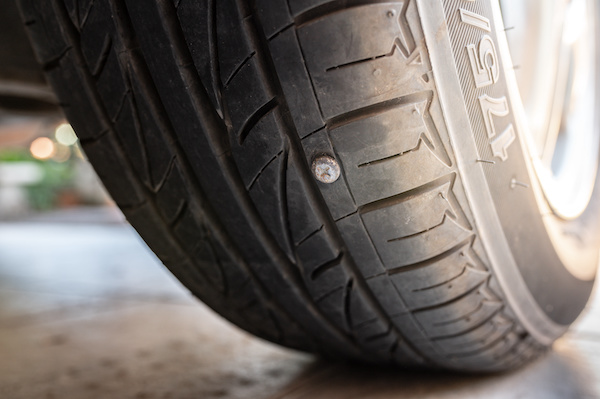
There is nothing more inconvenient and frustrating than having to deal with a flat tire on your way to work or an important event. They usually happen at the worst times too! Today, we will be discussing the top causes for flat or underinflated tires:
Temperature Fluctuations: If you've ever encountered a dramatic drop in temperature overnight, you may have also noticed the "low pressure" or TPMS light on your dashboard the morning after. When the temperature suddenly decreases, your tires contract and lose pressure. When the temperature increases, your tire pressure expands and increases. While both can be a problem, you should keep your eye out for underinflated tires in the winter to avoid risking a blowout or premature tire wear.
Leaking Valve Stem: The valve stem on your tire is the cap you open and close to adjust your tires' air. The valve stem is in charge of sealing everything in. If the valve stem becomes dirty, damaged, or even missing altogether, it can cause your tires to lose air. Fortunately, these are easy replacements.
Road Hazards and Debris: Perhaps the most bothersome cause for a flat tire are poor road conditions or random debris. Whether it be a piece of metal, shards of glass, a nail, or even a pothole, these obstructions are impossible to see until it is too late. Or they can sometimes be unavoidable due to traffic. In most cases, a tire expert can patch this type of damage up for you and top your tires off with air.
Though some flat tire circumstances are unavoidable, you can still take steps to prevent flats from occurring to a certain extent. We encourage you to keep your tires healthy and maintained by regularly checking their pressure.
For all your tire needs, we welcome you to bring your car to the tire professionals at Complete Automotive Repair Speciailsts, LLC.